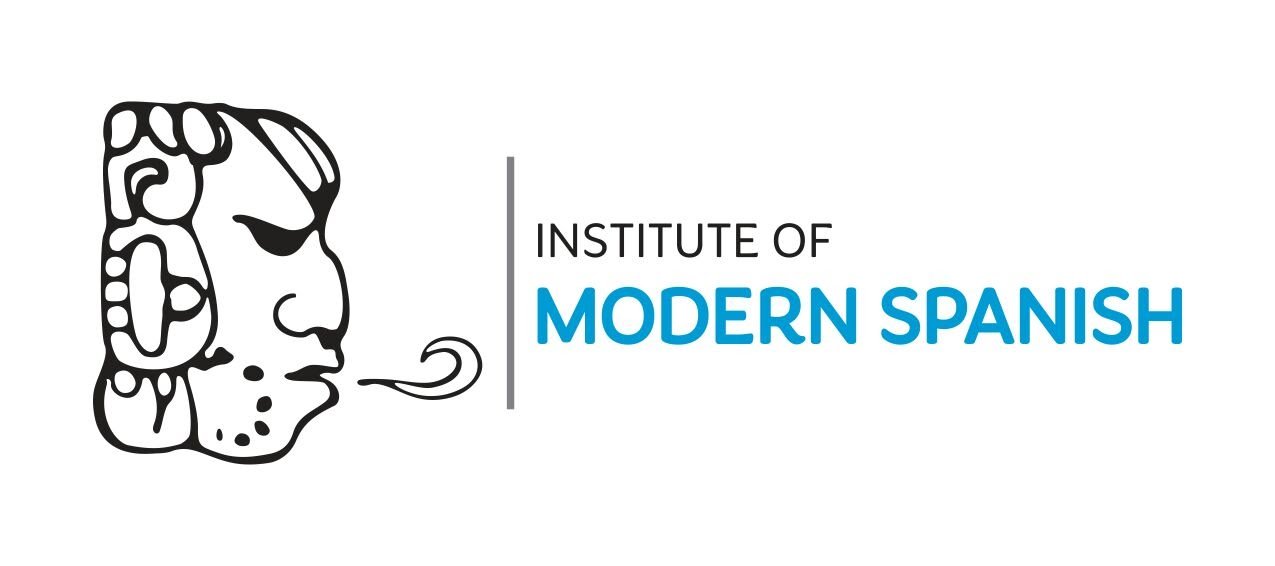The Mayan Sculptures
The Ancient Mayas were one of the most important pre-Columbian Mesoamerican cultures, their scientific and artistic legacy is one of the richest worldwide.
The Maya civilization flourished during approximately 3,000 years and inhabited a vast region in the south and southeast of México, spanning over the territory of the current states of Campeche, Chiapas, Quintana Roo, Tabasco andYucatán; as well as the current countries of Belize, Guatemala, Honduras and El Salvador. Although the Maya culture has not completely disappeared, the end of its splendor was caused by the Spanish Conquest, consummated in 1697.
The Maya splendor can still be appreciated in the impressive structures they created, decorated with mural paintings, stucco embellishments and slabs of carved stone (steles) that describe the life of governors, their family trees, military feats and achievements. The nobility used necklaces, and belts made with mother-of-pearl inlays and carved stones. They also used shells, snails, earrings, bracelets and rings made of jade, quartz and gold.
The most recognized shape of Maya sculpture are steles, stone monoliths with carved texts that have been of great help in recent years for understanding this majestic culture. The greatest stele ever found is the E Stele of Quiriguá, weighting 65 tons and measuring 10.5 meters in height.
The Maya greatly enjoyed working with hade, a surprising skill because even though they didn’t use any metal tools, they managed to sculpt impressive detail into such a dense material. One of the most outstanding sculptures is the mortuary mask of Palenque’s governor, a life-size mask created to be placed over his dead body, it had “skin” made of jade and “eyes” made of mother-of-peal and obsidian.
Maya art is a reflection of their lifestyle and culture, composed of paintings, etchings made on wood and stone, clay models and terracotta figures. Most of their art was commissioned by the kings to immortalize themselves and guarantee their place in history.


